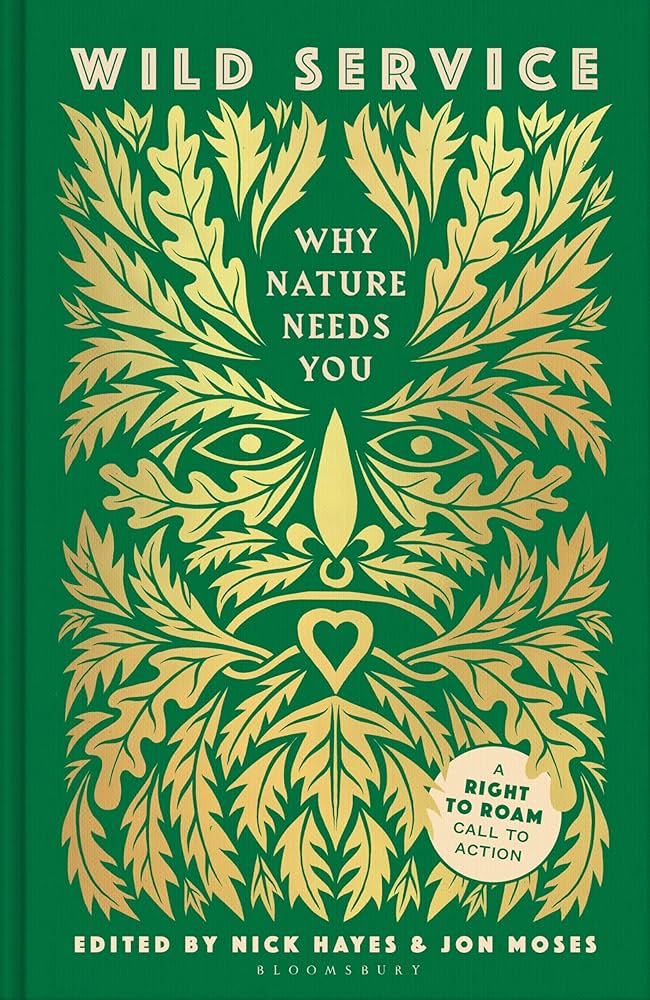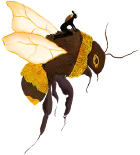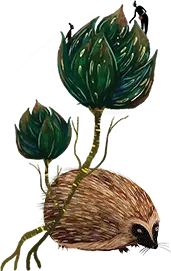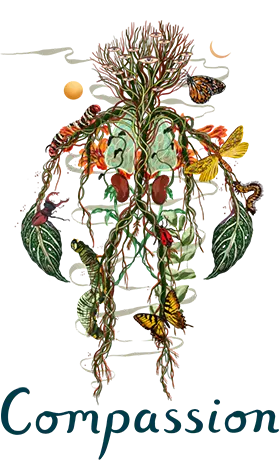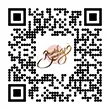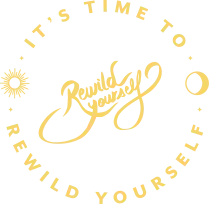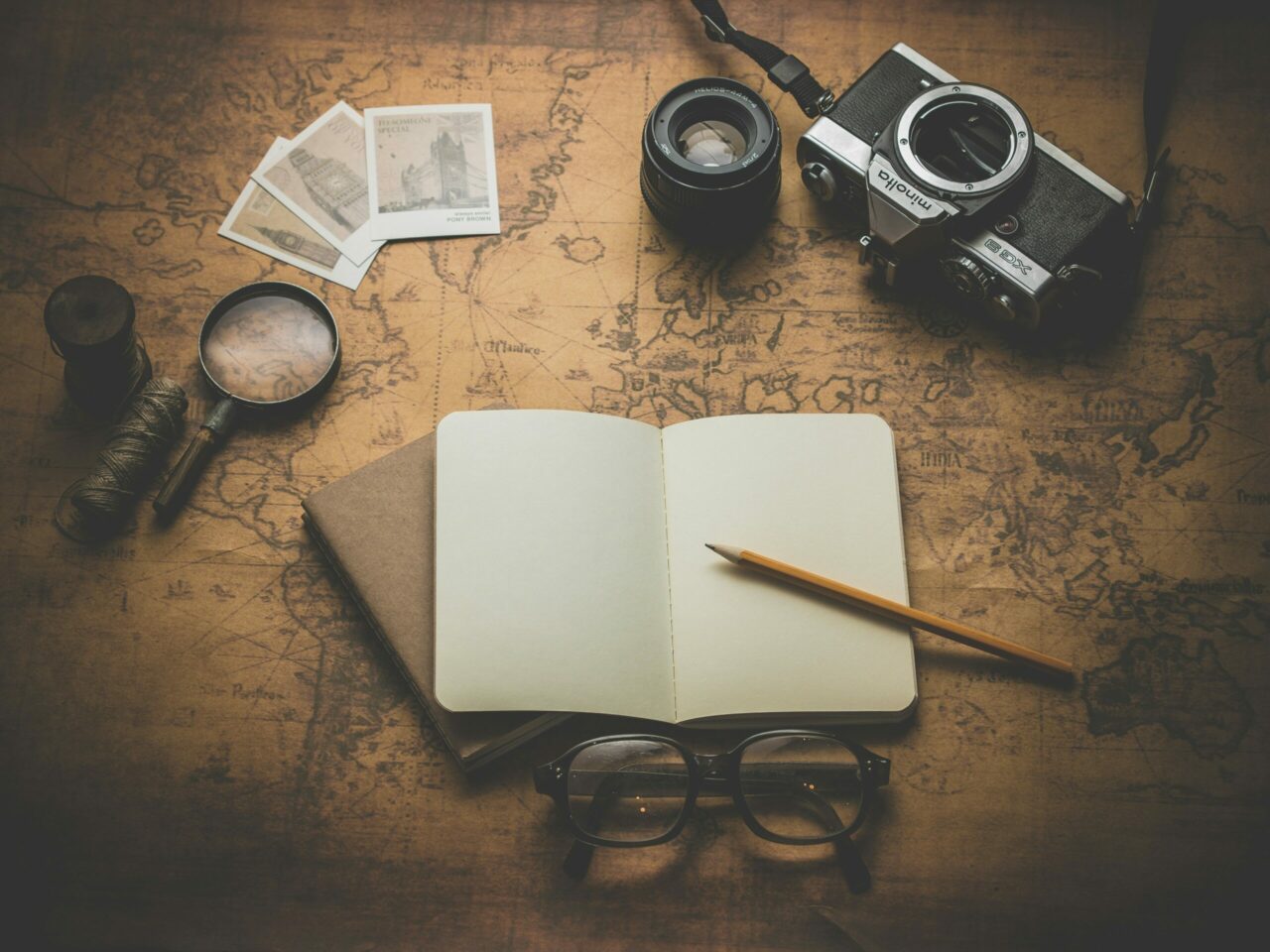
The Compassion pathway in action

To better understand a pathway to Nature connection, it helps to see it in action…
Here are some examples of how to foster feelings of love and care for the natural world and to take action to protect and help it
Written in partnership with Dr Carly Butler from the Nature Connectedness Research Group at University of Derby

For an explanation of the Compassion pathway to Nature Connection, check out our summary article.
Notice homes and habitats
What we might see as just a nice pool, puddle, pile of leaves, or scrubby bush while we are out and about, will most likely be something much more significant for the species living there…a home.
Growing an awareness of how species other than ourselves inhabit the spaces we live in and explore is not only an effective pathway to increasing our levels of Nature connectedness, but also helps us protect, conserve or restore these spaces.
Next time you are outside, scan the natural areas around you and consider how different species, big and tiny, make use of these spaces for shelter and food. Hundreds of creatures may be impacted by seemingly insignificant acts of gardening or human-focused use of a space – trimming a hedge, cutting down a tree, mowing the grass, digging a hole, or raking up leaves can disrupt the food supply and safety of hundreds of creatures.
Avoid too much ‘tidying up’
Many species need spaces where they can safely rest, shelter, nest and eat. Ponds, sheets of metal or wood, logs, leaves, twigs and areas of longer grass can all offer a home for wildlife, so one of the easiest ways to help Nature is to avoid (and counter) the tendency to ‘tidy up’ spaces. Holes in logs offer homes for bees, and a nestbox can be used as shelter for birds during particularly cold weather.
When doing anything in a natural space, including ‘tidying up’, just take a moment to consider the other lives within that space. When we do so, it becomes a natural response sensitively and with respect the more-than human life we share our homes and life with.
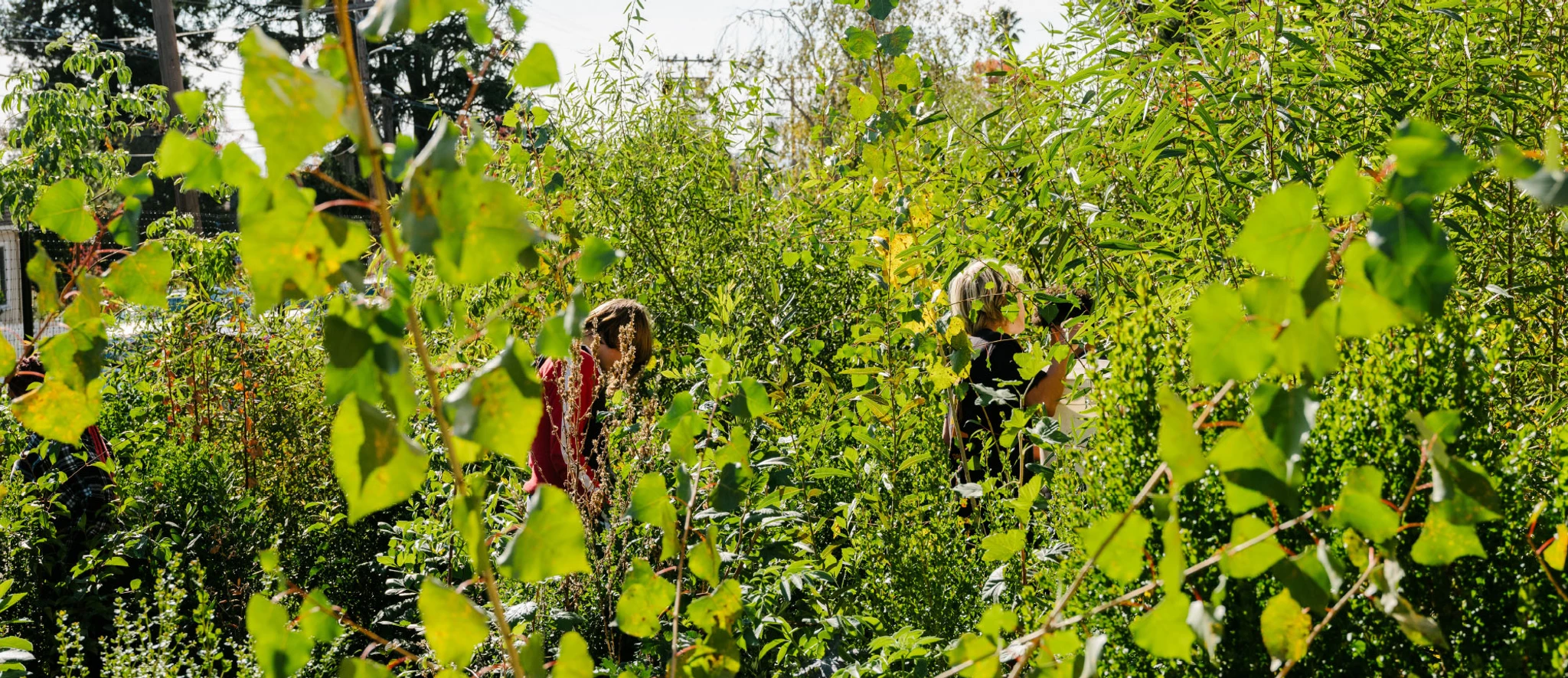
Hear ‘Messages from the Wild’
Have a listen to Annabel Ross’s Messages from the Wild – a series of brief interviews with animals, offering them a chance to give us a perspective on their environment. What questions would you ask your favourite wildlife? What message do you think they’d have for the world? You could create your own conversation with a being that you meet, exploring what matters to a ladybird or Ash tree or Blue Tit. You don’t need to ‘know’ the answers – making them up is fine. The act of wondering and imagining is where the power lies, offering an opportunity to shift perspective and move beyond a human-centric view of the world.
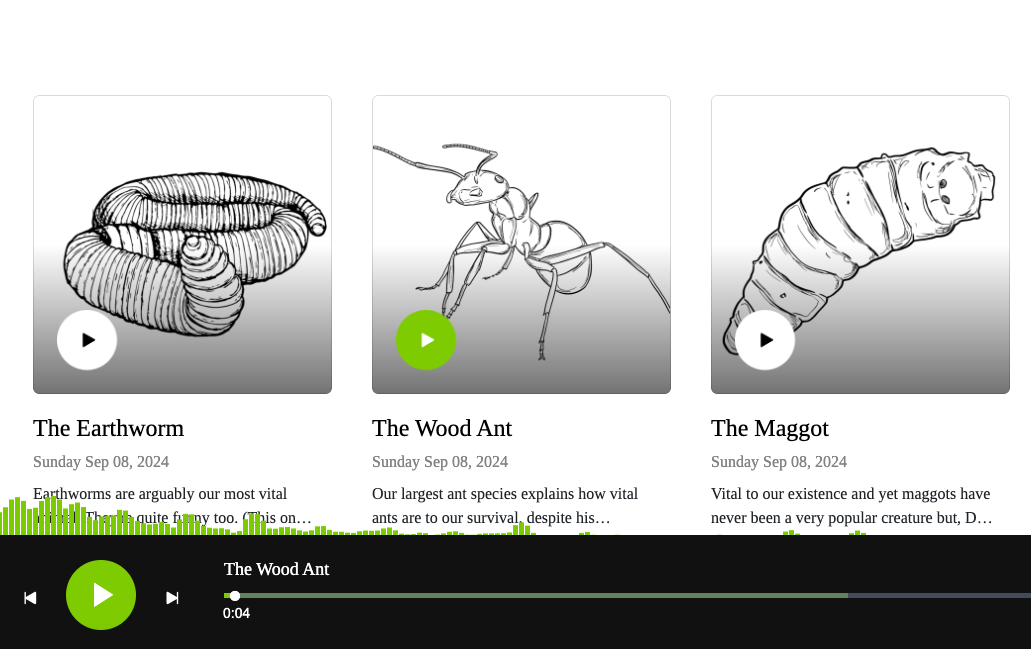
Take part in citizen science.
Contact your local Wildlife Trust or national enviromental charities for opportunities to take part in citizen science, in which members of the public can help collect and analyse information about wildlife and contribute to research. This could include the Big Garden Birdwatch or Big Butterfly Count or you could take part in ongoing research into plants, insects, mammals, river health or almost any aspect of Nature you can imagine!
For a list of more citizen science projects you can take part in, visit our useful list (LINK), compiled for our It’s Time to ReWild Yourself Campaign.
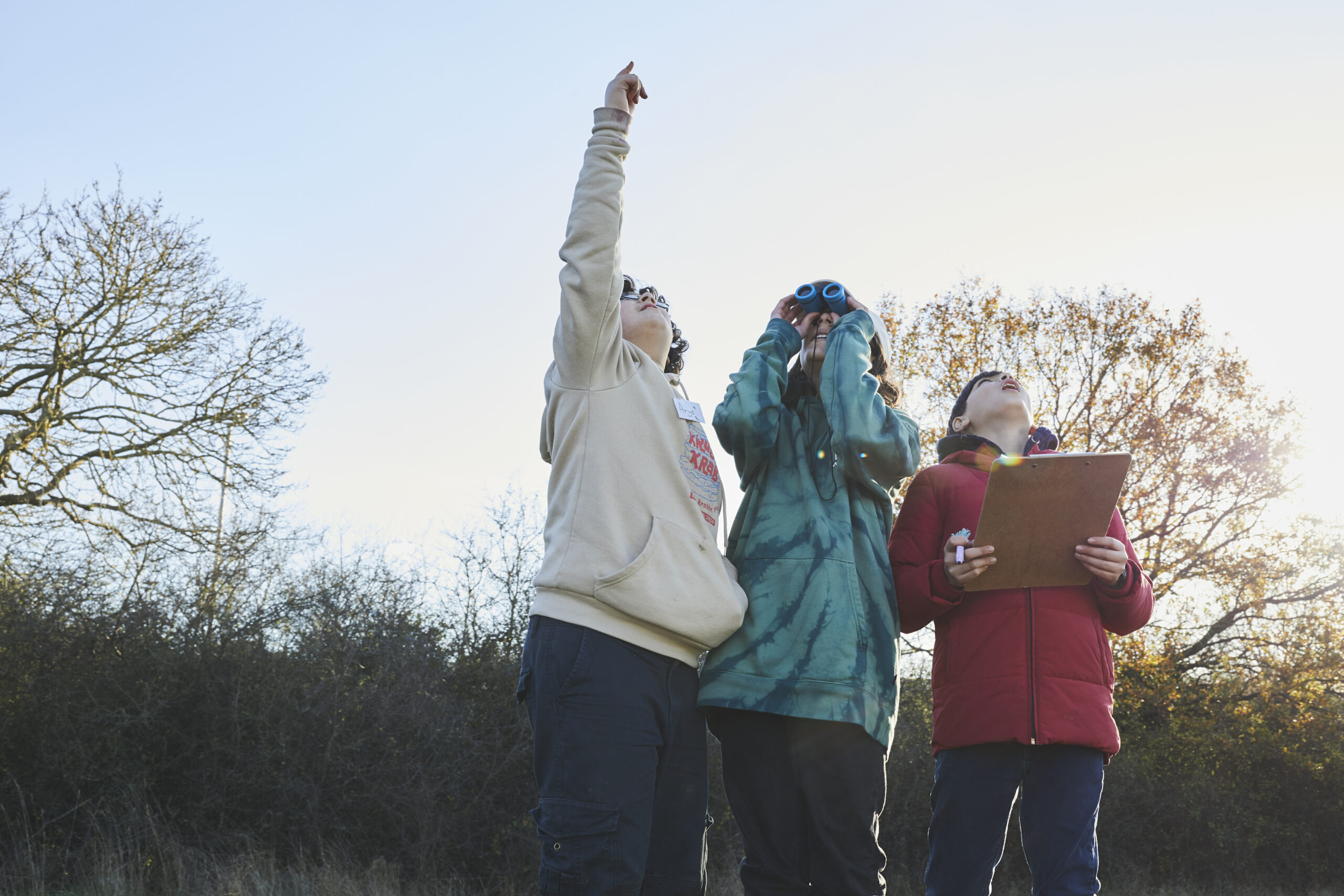
Volunteer
Look for opportunities to help out Nature in your local area. You could join a tree-planting day, help your local wildlife trust manage a local Nature reserve, restore your local river, or take part in a litter-pick.
Garden for wildlife
If you have access to a garden, design and manage it in ways that help Nature – choose native plants that pollinators love, let grass grow during spring and summer, and leave leaf litter and fallen logs on the ground.
Leave a positive trace
You may be familiar with the idea of leaving no-trace when you visit a natural space. We encourage you to go beyond this if you can though, leaving a positive trace – even better than when you found it You might ask how? Well a few easy starters are to clear away litter, or check for any signs of distress or damage in the land, wildlife, or water that you could help remedy, or report to those that can.
It’s about entering a space with an attitude of interest and care, seeing yourself as a possible agent for positive change for the Nature that lives there. It’s not about feeling an obligation or chore, but about believing that your presence somewhere can be a positive and noticing those little opportunities. Once you have this attitude and belief, you start to naturally interact in a relational, rather than transactional, way.
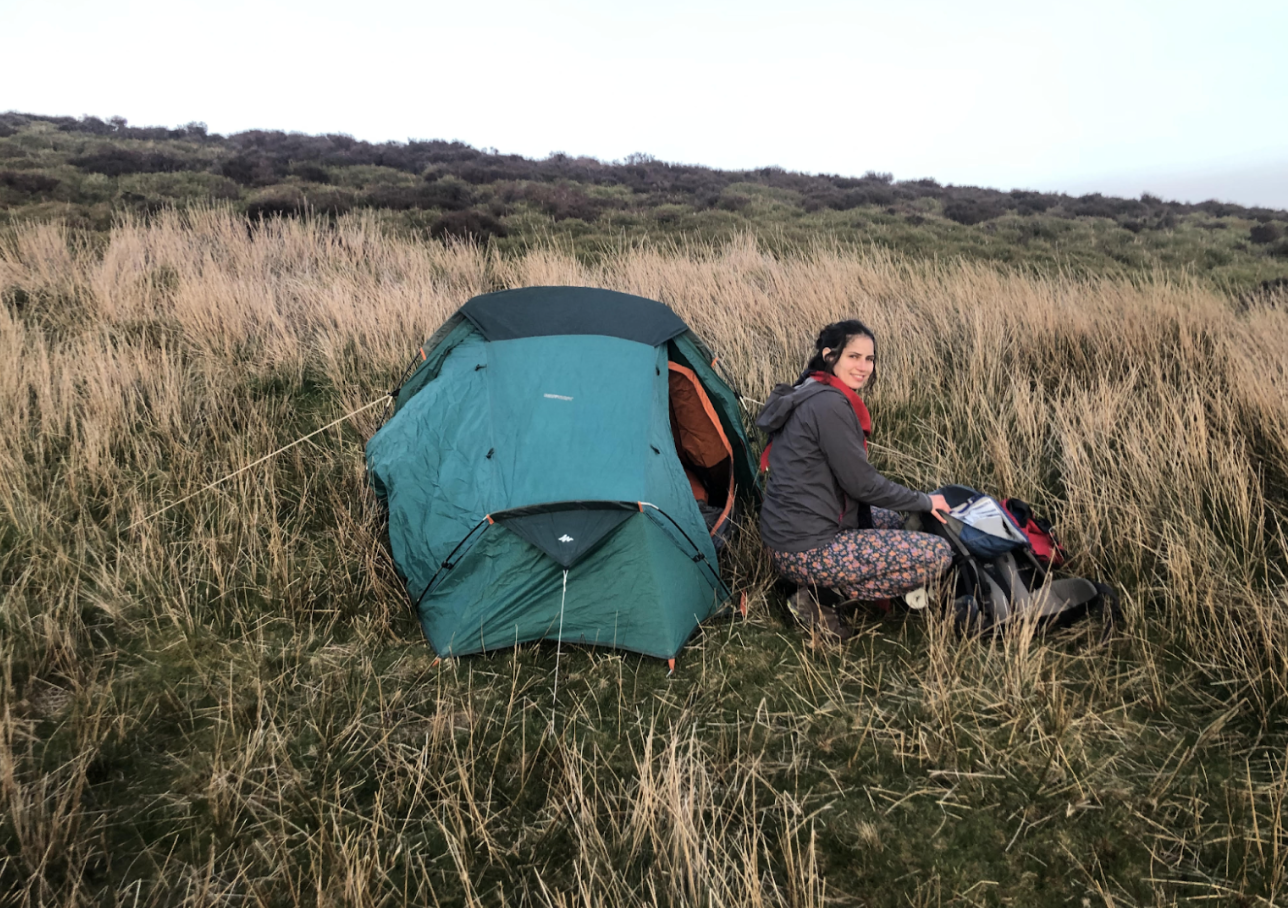
Talk with the more-than-human
Whether in your mind, verbally, or using pen-and-paper, play with the idea of entering into conversation with the more-than-human. This could be as simple as saying hello to the robin in your garden (it’s probably the same robin every day), asking a blackberry bush for permission before you pick a berry, or a complex dialogue with an Oak tree about the meaning of life!
This activity could be the basis for a poem or journal reflection. This activity can be as mundane, or playful, or creative, or deep as you choose it to be. It invites you to consider – even just for a moment – a way of relating to the more than human world as if it were full of persons. Even simple recognition of Nature’s lifeforms as individuals (i.e. your particular Robin, the willow you sit beneath, the first daffodil of spring) is an opportunity for opening to the possibility of recognising the needs of Nature.
Civil action
There are many opportunities for you to join campaigns and be a Nature activist. While there are big national and global campaigns you can get involved in, there are equally local campaigns that may need your support – protecting a local tree from being cut down, or a campaign to leave some verges for Nature. You may want to sign petitions, or make a vote for an individual, group or action that will help Nature. If you’re not sure where to start, our ‘How to be an imperfect activist‘ guide has some good pointers, inspired by ReWild Yourself Champion, Nichola Chester.
Encouraging nature connection is activism!
Another way of taking civil action is to consider whether there are ways of promoting a closer relationship with Nature. You could demonstrate this in your own talk or action, or actively encourage it in others. Can you offer a Nature noticing walk in your community? Or suggest a bench in a local green space to give people opportunities to enjoy Nature? While these things may seem removed from campaigns to save Nature, we know that the more people there are that have a closer relationship with Nature, the more people there are helping Nature. So, encouraging nature connection is an important civil action to take!
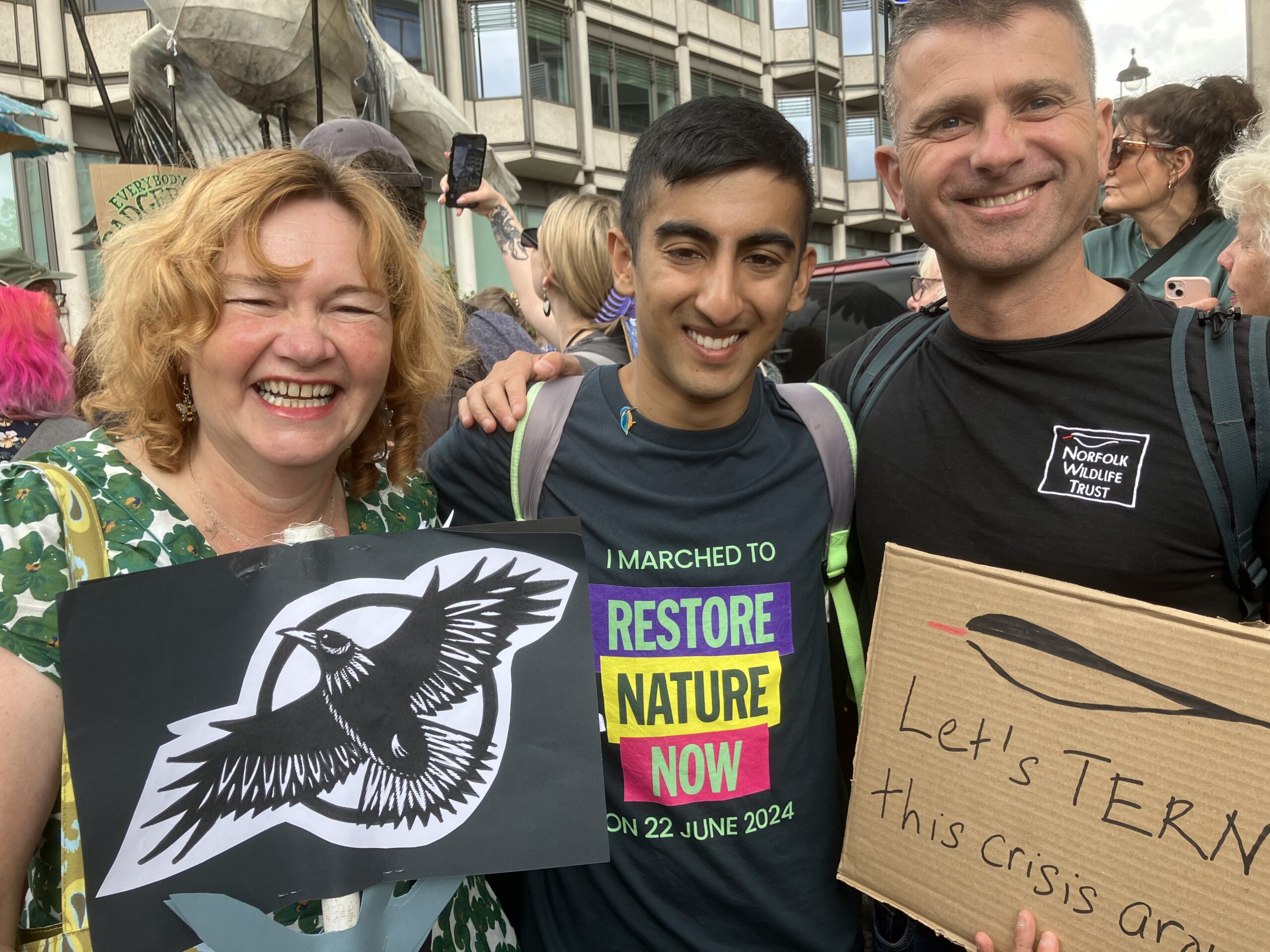
Be a voice for nature
You can ask yourself regularly, what would nature want? What would nature say? Are there any opportunities for you to help represent nature’s voice in local, national or global contexts? What kind of life would your river like to be healthy and happy? What would nature have to say about a proposed new building project? There are opportunities for you to speak for nature, help represent nature’s needs.
Check out ‘Wild Service’
“Wild Service” is a collection of essays and writings, with contributions from some of the finest Nature writers around, including two of our ReWild Yourself Champions, Sam Lee and Nichola Chester. It is a call to action and for a new relationship with the land and more-than human world. We highly recommend a read!
The following text is taken from the book’s promo and perfectly encapsulates the motivation and need for the book and a new vision.
“In May 2022, the Royal Swedish Academy of Sciences released a paper that measured fourteen European countries on three factors: biodiversity, wellbeing, and nature connectedness. Britain came last in every single category. The findings are clear. We are suffering, and nature is too.
Enter ‘Wild Service’ – a visionary concept crafted by the pioneers of the Right to Roam campaign, which argues that humanity’s loss and nature’s need are two sides of the same story. Blending science, nature writing and indigenous philosophy, this groundbreaking book calls for mass reconnection to the land and a commitment to its restoration.”
